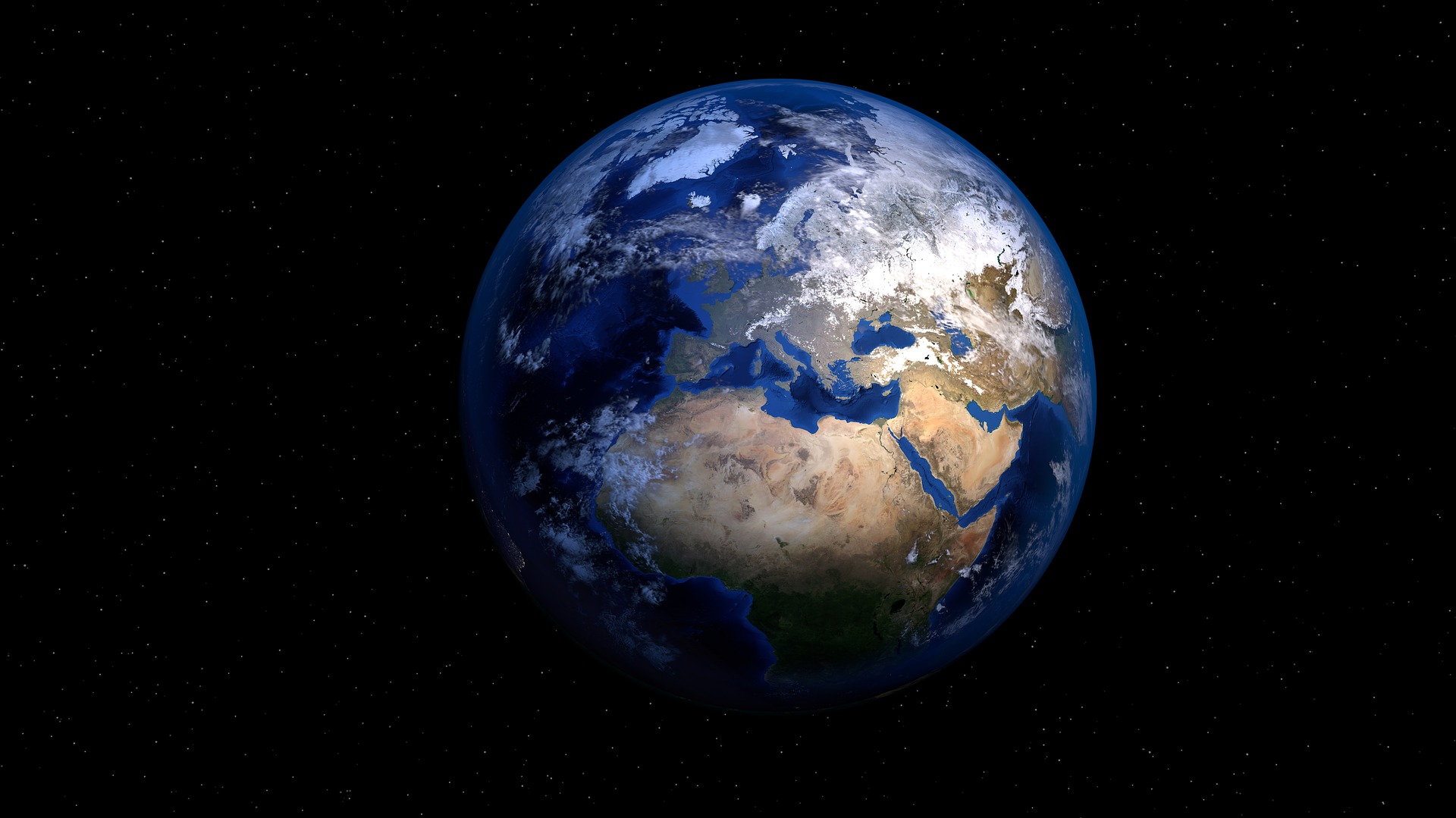Though the poem has a very personal edge to it, Do Not Go Gentle In to That Good Night by Dylan Thomas, is a poem that is applicable to every single human being. It addresses one of the most macabre, yet inevitable truths of life, death. Man’s usual approach towards life is to go with the flow, or take life as it comes. Thomas clearly disagrees with this view as he feels that a person’s life, or death, must be dictated only by his own rules. He tells men to “not go gentle into that good night”. In the entire poem night has been repeatedly used as a metaphor for death. This may be because when we wake up in the morning, we are all spirited and dynamic, but as the day passes, tiredness seems into our activities and makes us lethargic, and by the time night closes in upon us we seem to have lost all our zeal and passion. On a wider forum, during his youth, man is bubbling with enthusiasm and is constantly striving to reach greater heights and accomplish tasks. But, as old age creeps up on him, he grows isolated from the vibrancy of life, and settles into his own cocoon and waits for death. This outlook has been severely criticised by Thomas as he feels that every man should rage against death. Basing on this perspective he gives examples of four different kinds of men.
In the second stanza he refers to wise men who know that death is inevitable. Though these men have accomplished things, yet they feel that they are capable of doing a lot more. They are being told to do something extraordinary, like splitting lightning, before they die. In the next stanza, Thomas is talking about righteous, good men. These men regret dying too soon because if they were allowed to live a little longer, they could have accomplished a lot more. They are chremamorphised as sea waves that have not been allowed to play in the bay for a little longer and have crashed on the shore too soon. The poet brings up the third men, who are wild. The wild men larked about their youth and when they reached old age, they were remorseful of their shallowness; yet the poet is encouraging them to not concede living the life they enjoy. Lastly, the poet talks about grave men. Grave is used as a pun here as grave can refer to both serious, and men who are nearing their graves, or who are close to dying. This stanza is a reference to men whose faculties are failing because of old age and frailty, yet they are not letting these limitations deter them from dying in the manner that they want.
The last stanza is clearly addressed to the poet’s father and it is here that we discover that Thomas is pleading with his father to live longer, to not die before accomplishing something great which will immortalise him. He begs his father to rage against death by mustering up all his anger, passion and zeal for life. The poet’s desperation and tense state of mind is characterised by him telling his father to either curse or bless, but do whatever it takes to cry out passionately and heroically against death.
Poetic Devices
Figures of Speech:
Alliteration- The following underlined words are the examples of alliteration that feature in the poem.
- Do not go gentle into that good night
- Rage, rage against the dying of the light
- ..blinding sight/ Blind eyes could blaze like meteors and be gay
When two or more words which begin with the same sound, are placed adjacent or close to each other in a text, it is called as alliteration. Alliteration focuses readers’ attention on a particular section of text. Alliterative sounds create rhythm and mood and can have particular connotations.
Metaphor- In the entire poem, “night”, “dying of the light” and “close of day” has been used as metaphors for death. This could be because, while we are energetic and bursting with life at the beginning of the day, as the night closes in on us, we slowly lose the zeal to accomplish and wish to fade in and rest. Similarly, as man moves over from the period of youth to old age, he loses his vigour and ardour for life.
“Forked no lightning” literally refers to splitting a thunderbolt. This has been used as a metaphor for describing extraordinary tasks or accomplishments of men. The impact that the ideas of men has on the rest of the world has been referred to here.
Personification- “Frail deeds might have danced” is a phrase where deeds of men are given the human ability to dance, hence personified. The deeds have been given the attribute of a human being to bring in a more realistic or live image.
Simile- ‘Blind eyes could blaze like meteors and be gay’ is an example of fine simile in the poem, ‘Do Not Go Gentle In to the Good Night’. Similes make descriptions vivid by comparing their subjects with known events or things. Effective similes help readers visualize what is being described. Hence, here blind eyes, which actually cannot see, are given the ability to blaze and shine by comparing them to meteors, which are incandescent bodies of mater from outer space.
Oxymoron- In the 5th stanza, “blinding sight” is an oxymoron. Also, in the final stanza, “Curse, bless me now..” can be termed as an oxymoron. Oxymoron is a figure of speech that juxtaposes images that appear to be contradictory. By combining two words or terms together that are inherently contradictory, the use of an effective oxymoron can create a phrase with lasting resonance and a more immediately evocative sensibility.
Assonance- The repetition of vowel sounds to create an internal rhyming within phrases or sentences, Assonance is a rhyme, the identity of which depends on vowel sounds.
- First stanza: Age, rave, day
- Fifth stanza: Blaze, gay, rage
Palilogia- In a Palilogia, there is a repetition of a certain sentence for the sake of emphasis.
“Do Not Go Gentle In to That Good Night” and “Rage, rage against the dying of the light” have been repeated four times throughout the poem to emphasize on the message of not accepting death submissively and fighting against it with fiery passion.
Parallelism- The poet draws a parallel between four kinds of men; wise men, good men, wild men and grave men. The objective of this is to say that though humans can be of different varied kinds, but at the end of the day, they all can and must fight against death and accomplish something indelible in their life.
Imagery- The imagery that occurs throughout the poem is closing of day and the onset of night. The repeated usage of this image works to symbolise death, or the end. The “good night” is death, with a deliberate pun on saying good night and the idea that death is the right or “good” thing at the end of life. Death is characterised as “close of day”. The mention of words forking no lightning produces an image of a bizarre or extraordinary phenomenon occurring because of the deeds of these men. “Frail deeds might have danced in a green bay” projects a picture of life and vitality as green in the sea is symbolic of sea weed, plants and algae, hence, life. The mention of meteors in the 5th stanza produces an image of something that passes very quickly, yet leaves a blazing trail behind and a lasting effect in the atmosphere.
Rhyme Scheme- “Do Not Go Gentle Into That Good Night” is a villanelle. Villanelles have nineteen lines divided into five three-line stanzas and a sixth stanza with four lines. In English, villanelles tend to be written in the common metrical pattern called iambic pentameter, which means ten syllables per line, with every other syllable stressed, starting with the second syllable. The rhyme scheme is ABA ABA ABA ABA ABA ABAA, so there are only two rhymes that end all the lines. In addition, the first line and third line, the refrains, are repeated four times each – the first line appears at the end of stanzas 2 and 4 and as the second-to-last line in stanza 6. The poem’s third line appears again at the end of stanzas 3, 5, and 6.
Central Idea and Themes of the Poem
Central Idea of the Poem: The central idea of the poem revolves around rebelling against fate. Thomas’s poem is an imploration to men to not succumb to death and to rage against it with all their might. The poet rubbishes the conventional notions of slipping into death gently and peacefully. He asks men to keep fighting death as there is always something great that they can accomplish in life. Acceptance of fate limits men. Rebelling against it is what opens new horizons.
Themes of the poem: The dominant theme in this poem is Morality. Though death is inevitable, the poet tells the listener to do something substantial, something grandiose before death snuffs out life. Throughout the poem, life is associated with passion, zeal and adventure. It is also associated with the pursuit of one’s potential and self-actualisation. Thomas’s urges the “wise men” and the good men” to resist death because they haven’t achieved anything significant to be remembered by. His “wild men” had lived passionately but had been ignorant of their own mortality all this while. The topic of old age has been tackled by the poet. Despite the inexorable nature of death, if a man lives his life with unwavering passion and zeal, and doesn’t submit to the frailties of old age, he can escape the regrets and tragedies that accompany death. In order to die with dignity, man must not let the limitations of old age hamper his intensity of life. Transience in “Do Not Go Gentle into That Good Night” causes the poet a lot of anxiety. It worries him that there are things people might have been able to do in the world if only they had been here longer. Even though most of the things described in the poem are subject to the ravages of time, there is one thing that lasts – the power of man’s words, which persist even after the man himself, is gone.
Tone and Conclusion of the Poem
Tone of the poem: Dylan Thomas has a hysterical, urgent, yet regenerative tone throughout the poem. We notice the regenerative tone very obviously in the 2nd, 3rd, 4th and 5th stanzas when the poet talks about four different types of men, with the basic idea that men of all kinds have it in them to oppose death. Thomas cites these examples to put across his message that despite all sorts of hurdles, man can resist death if he has the zeal to live and the anger in him to not succumb easily. The last stanza has tones of hysteria and urgency when he tells his father to do whatever it takes, bless him or curse him, just so that he doesn’t lose his intensity of anger, so that he can rage against death. The poem also has undertones of pleading which are highlighted by the usage of paligogia. The repetition suggests how desperately the poet wants men to fight back with vigour against impending death.
Conclusion- Do Not Go Gentle into That Good Night is in sync with the trademark writing style of Dylan Thomas as it is both passionate and lyrical. The urgent tone of this poet is appropriate, as Thomas uses the poem to address his dying father, lamenting his father’s loss of health and strength, and encouraging him to cling to life. This poem, known by its first line, is the most famous example of the poetic form of villanelle.
The central issue addressed by the poet is the unfair inevitability of death. The poet tells men that though death is inescapable, one must truly fight till their last breath. Man must never submit to death and rage passionately against it. The thing that distinguishes this poem is the raw intensity of underlying emotions in every line. This can be classified as an inspirational poem as Thomas motivates all men to never give up and accomplish great things for as long as they can. Man must leave this world the way he had entered it, kicking, screaming and fighting.
Keywords: do not go gentle into good night analysis line by line (2.9), do not go gentle into that night beaming notes (1.0) do not go gentle into that night theme, do not go gentle into that night notes, do not go gentle into that night questions, do not go gentle into that night meaning
Some online learning platforms provide certifications, while others are designed to simply grow your skills in your personal and professional life. Including Masterclass and Coursera, here are our recommendations for the best online learning platforms you can sign up for today.
The 7 Best Online Learning Platforms of 2022
- Best Overall: Coursera
- Best for Niche Topics: Udemy
- Best for Creative Fields: Skillshare
- Best for Celebrity Lessons: MasterClass
- Best for STEM: EdX
- Best for Career Building: Udacity
- Best for Data Learning: Pluralsight
















